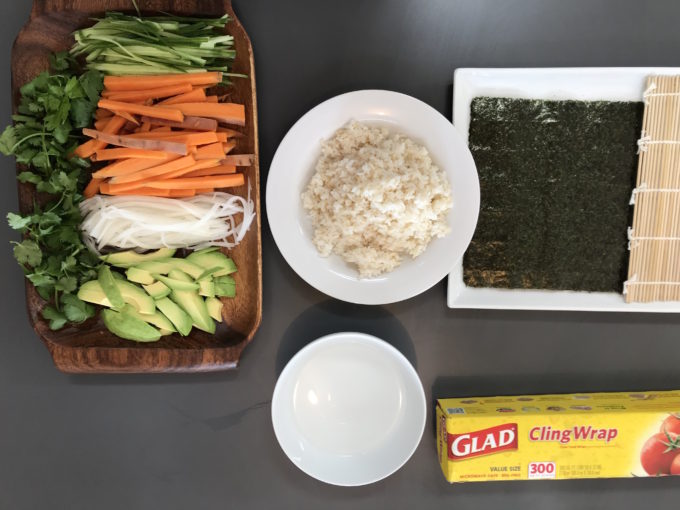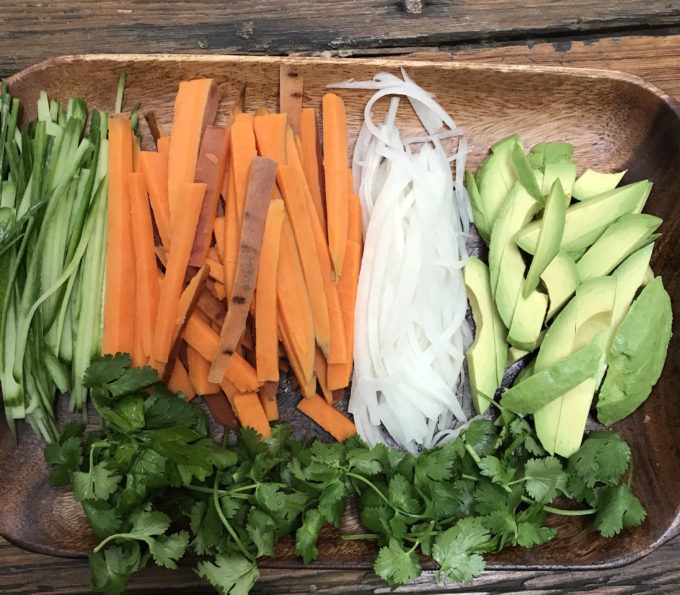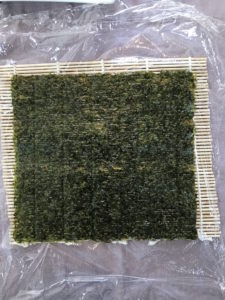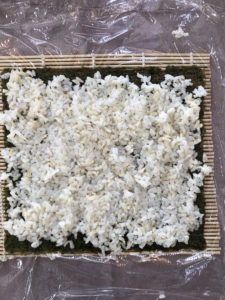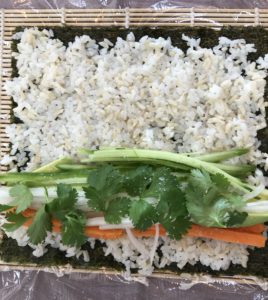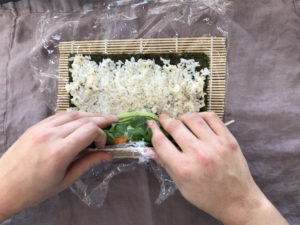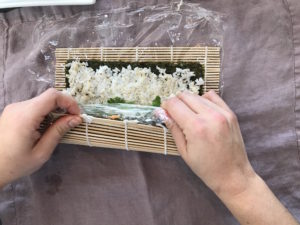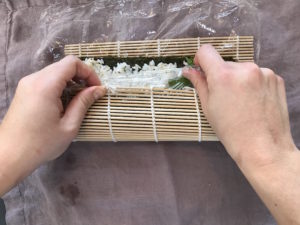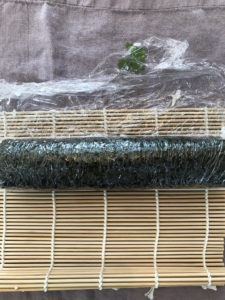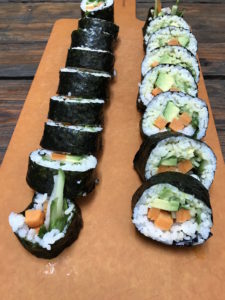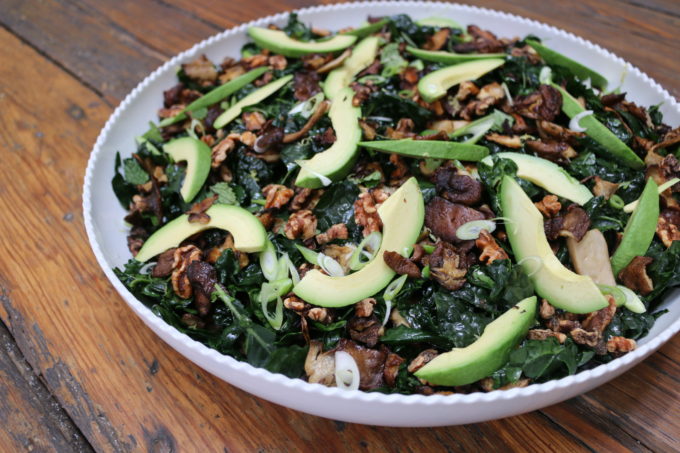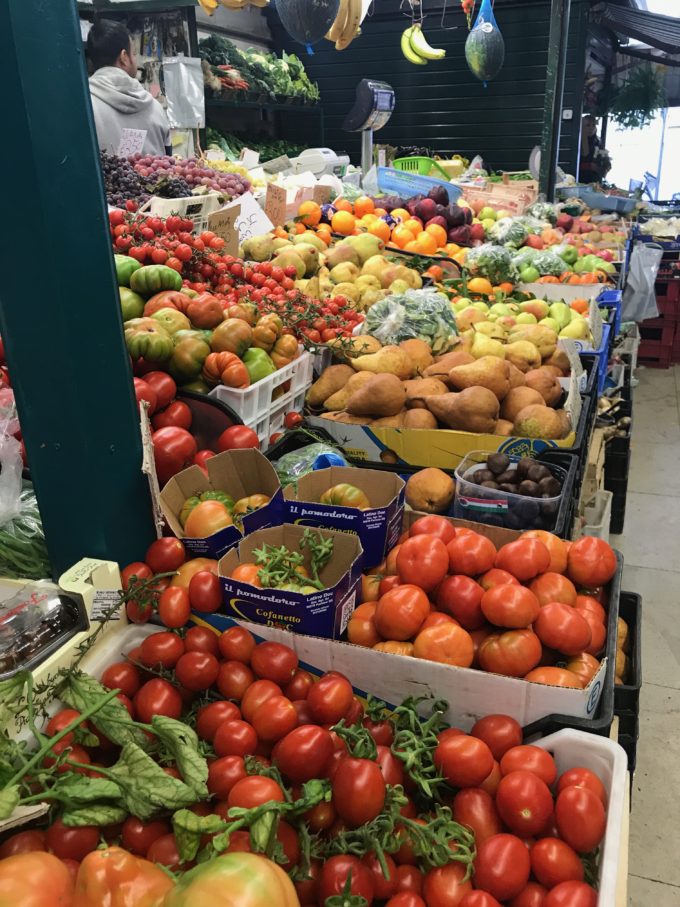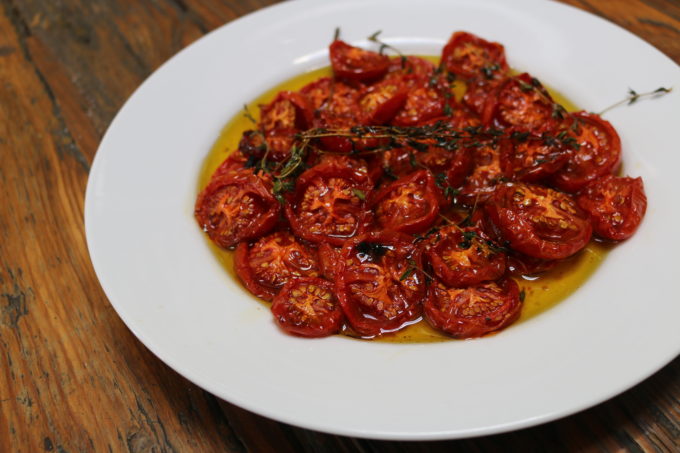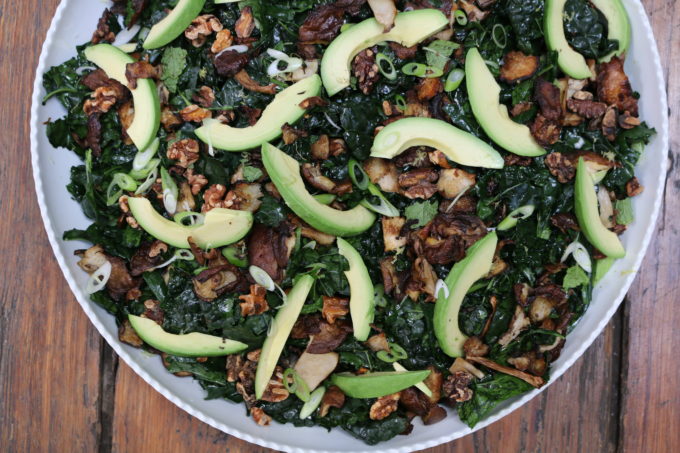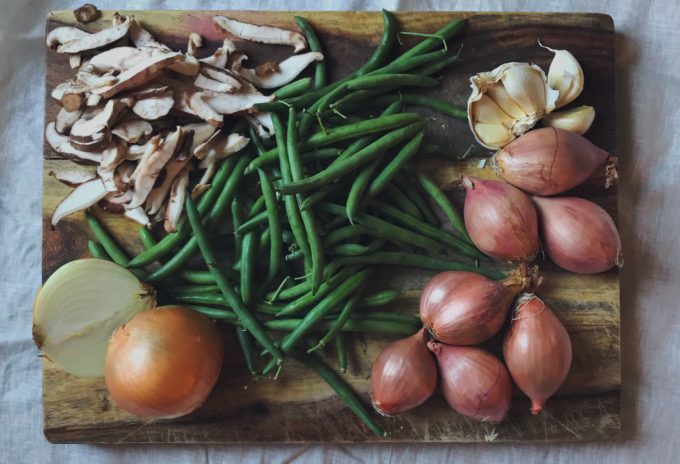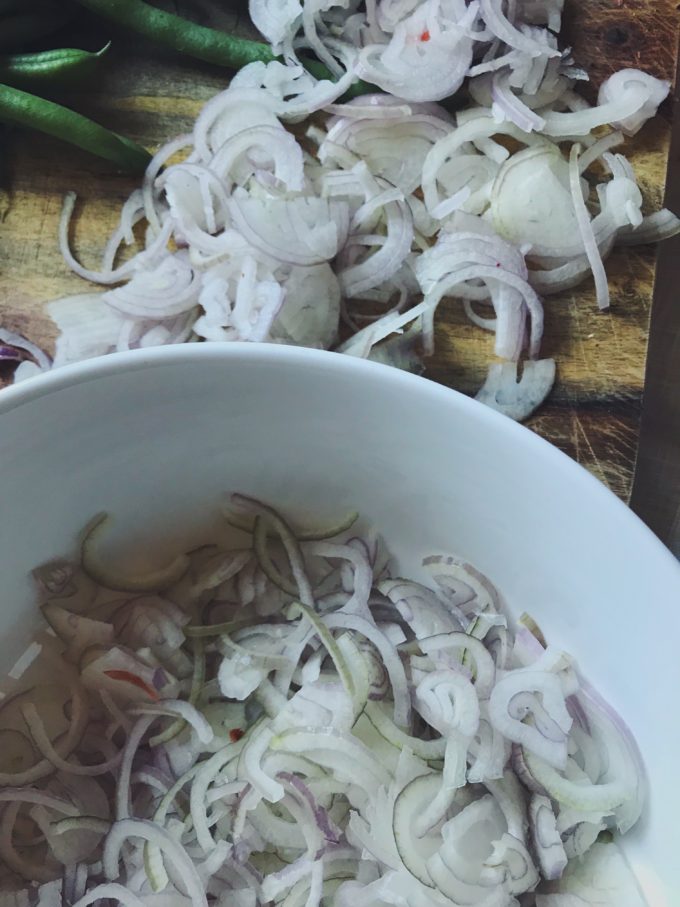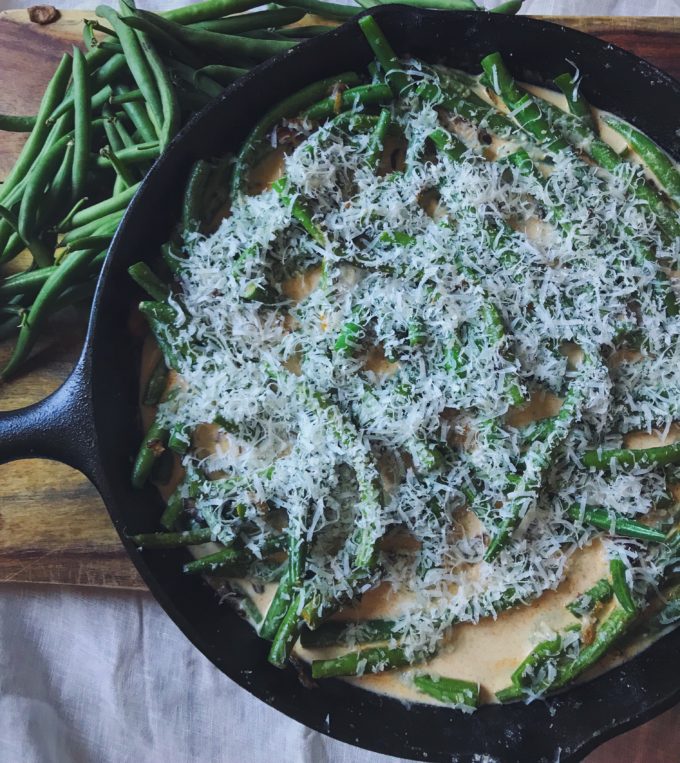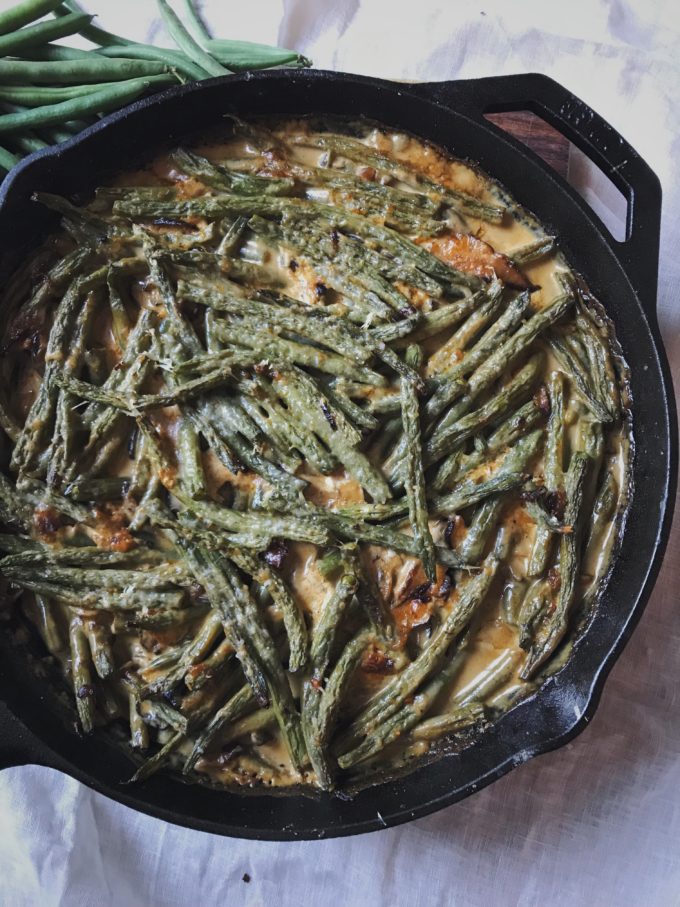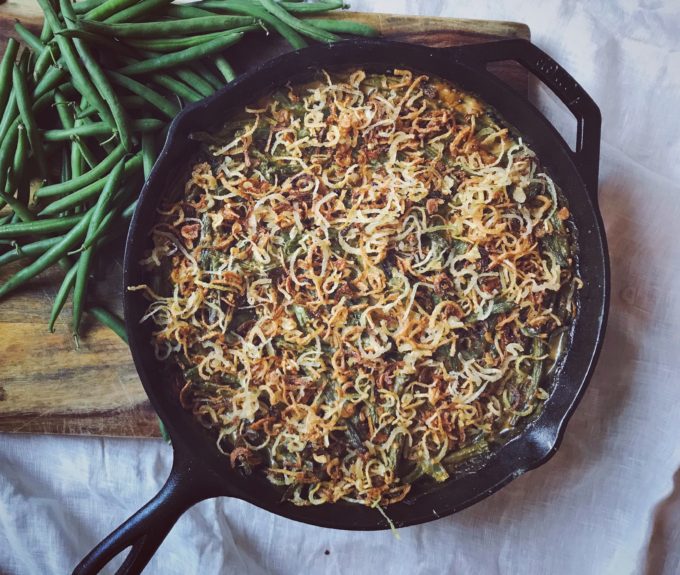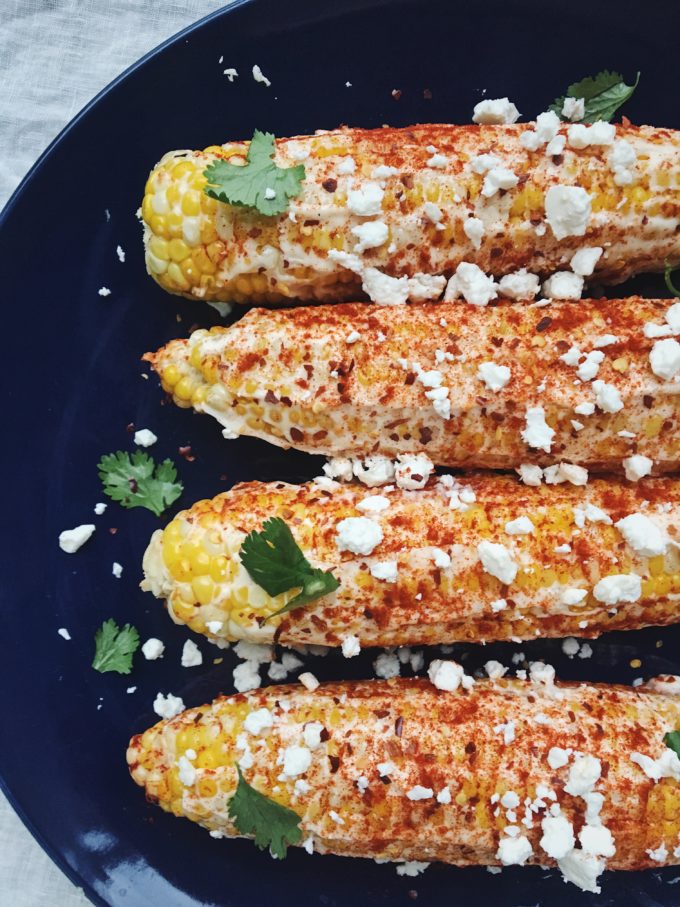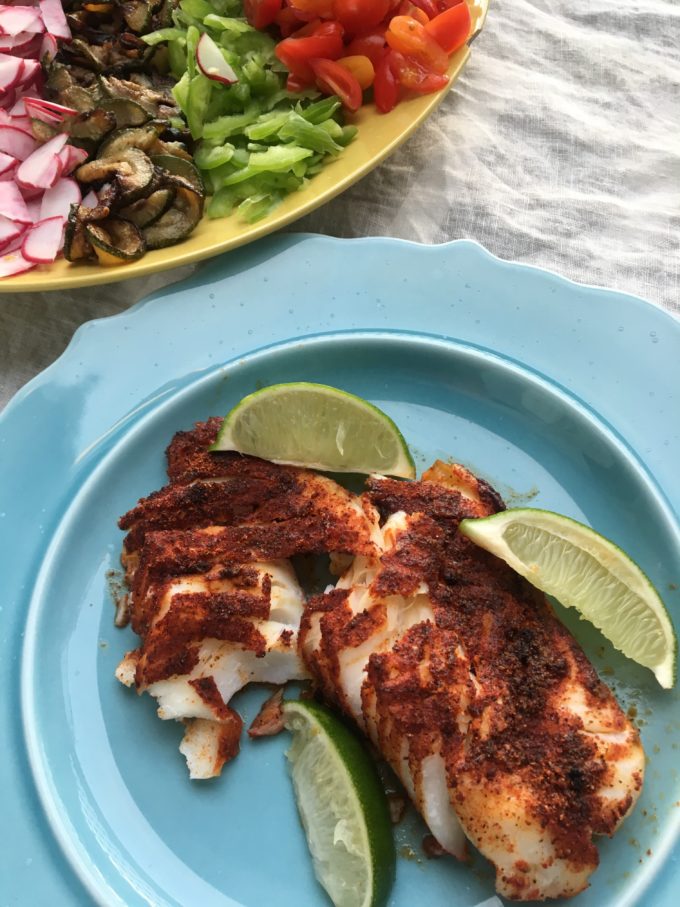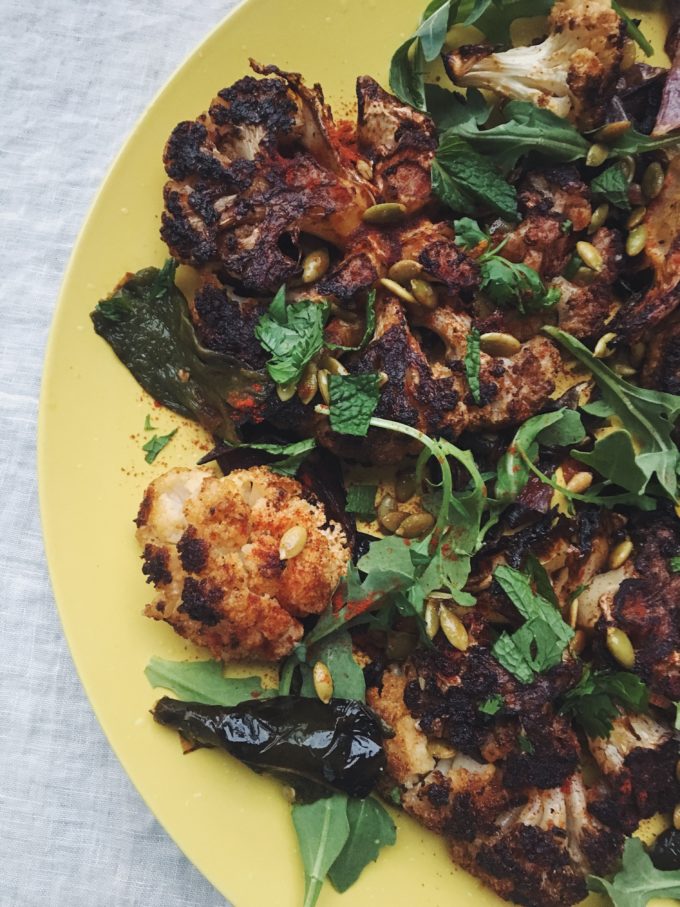
If our small team of four is representative of the larger population, tempeh is polarizing. Team tempeh: Laura and Rian. Team “Oh my God what’s wrong with you”: Char and Gillian.
My case here? You should find out which team you’re on.
Okay, okay, I acknowledge that opener probably doesn’t inspire you to sprint out to the market, but, truly, I love the stuff. Along with eggs, it’s a refrigerator staple chez moi. An unopened packaged has a shelf-life of over a month so the second I use it, I buy another for the next time I need a last-minute protein.

What is tempeh?
Tempeh is a soy-based product made by fermenting cooked soybeans and then forming the mixture into a firm, dense cake. Unlike tofu which is soft and uniform in texture, tempeh has a bit more integrity and chew. That’s because tofu is made from soy milk while tempeh is made from soybeans. It has 16 grams of protein per 3 ounce serving, the equivalent of 3 ounces of salmon.
What does it taste like?
On its own, tempeh has a savory, nutty flavor. But like many other soy-based products, it’s a bit of a chameleon, easily taking on the flavor of whatever marinade or seasoning it meets. My guess is that strong negative reactions come from the fermented smell of a freshly opened package, which some of us notice and others don’t. Maybe it’s a bit like cilantro where some people are overwhelmed by a soapy flavor, while others can’t get enough.

How can you use it?
Tempeh is often used in sandwiches, chilis, tacos, or enjoyed on its own. You can prepare it any which way but I strongly believe that it’s best thinly sliced and seared until crispy. For your first experiment, try the recipe I’m sharing below. Then branch out and give these recipes a try:
- Snow Pea, Cabbage and Mizuna Salad with Marinated Tempeh and Seared Tempeh
- Basic Oven-Baked Marinated Tempeh
- Marinated Peanut Tempeh
- Kale and Tempeh Stir-fry

Smoky Marinated and Seared Tempeh
This is my go-to recipe. I use the crispy tempeh strips to top salads, grain bowls and sandwiches. I particularly love it over a salad of roasted carrots and creamy avocado with fistfuls of cilantro, mint and sliced scallion, toasted pepitas and agave-lime vinaigrette. It also makes a good stand-in for bacon in a traditional BLAT (A stands for avocado of course). Try it and let us know which team you’re on!
Ingredients
- 1 8-oz block tempeh (Lightlife’s Organic Soy Tempeh, seems to be ubiquitous)
- ½-1 lime, juiced (if extra juicy, ½ should do)
- 1 tablespoon soy sauce or tamari
- 1/2 teaspoon toasted sesame oil
- 1 heaping teaspoon smoked paprika
- 2 teaspoons maple syrup
- 1 small clove garlic, grated on a mandoline or finely minced
- Sriracha to taste (1+ teaspoon)
- Neutral oil like vegetable, canola or grapeseed
Method
Thinly slice the tempeh into ¼ inch slabs. In a container that snugly fits the sliced tempeh in a single layer, whisk together the juice of ½-1 lime, 1 tbsp soy sauce, ½ tsp toasted sesame oil, 1 heaping tsp smoked paprika, 2 tsps maple syrup, 1 small clove grated garlic and sriracha to taste. Add the tempeh and marinate refrigerated for at least an hour and up to a couple of days.
When ready to use, preheat a large cast iron or non-stick skillet over medium high heat. When hot, add about a tbsp of neutral oil. Then add the drained marinated tempeh in a single layer and sear for ~4 minutes a side. Watch it closely because the maple syrup helps the tempeh caramelize quickly. You want it to be nice and crunchy. Err on the side of too brown versus too pale.
Enjoy immediately or let cool and enjoy at room temperature in salads, sandwiches, tacos…the world is your oyster!
2-3 servings
